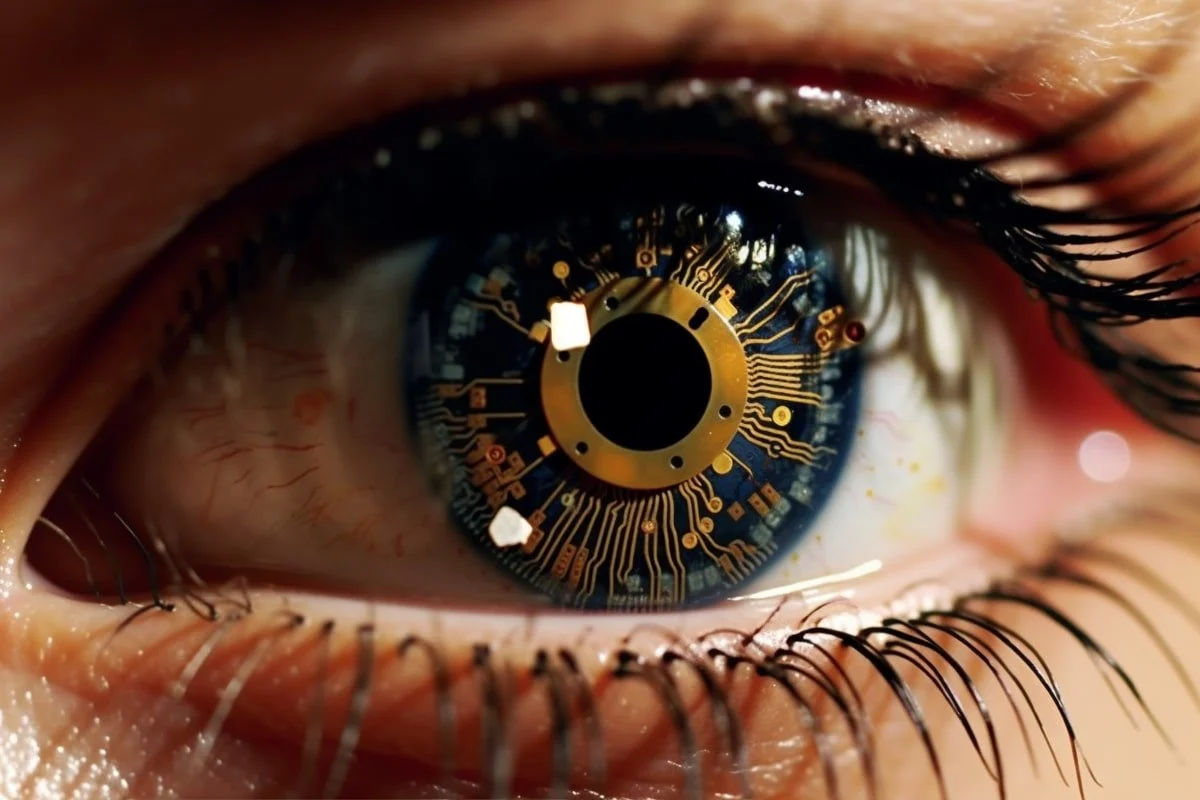
First steps to the reality of cyborgs: an innovative biochip resembling the human retina has been developed
As part of bioelectronics development efforts to correct body and brain dysfunctions, an international team of researchers has developed an innovative biochip that mimics the human retina.
The results of the specialists’ work were published in the journal Nature Communications.
According to experts, the creation of this chip symbolizes the first steps towards the reality of cyborgs. People are already using pacemakers to treat arrhythmias, cochlear implants to improve hearing, and retinal implants to help visually impaired patients regain their vision, at least partially.
The new chip, developed by Santoro’s group, is a combination of conductive polymers and light-sensitive molecules that can mimic the work of the retina, including the visual pathways. This achievement opens up opportunities for “an even closer merger of man and machine.”
Francesca Santoro, Professor of Neuroelectronic Interfaces at the University of Aachen, explains: “Our organic semiconductor recognizes the amount of light falling on it, just as it does in our eyes. The amount of light hitting the individual photoreceptors ultimately creates an image in the brain.”
The chip is distinguished by the fact that it consists entirely of non-toxic organic components, is flexible, and works on the basis of ions, i.e. charged atoms or molecules. This allows it to integrate better into biological systems compared to traditional semiconductor silicon components, which are rigid and work only with electrons.
“Our cells use ions to control certain processes and exchange information,” the researcher said.
Currently, the technology is only a “proof of concept,” but scientists are already considering possible applications for the chip. It can function as an artificial synapse, because irradiation with light changes the conductivity of the polymer used in both the short and long term. Real synapses work in a similar way: by transmitting electrical signals, they change their size and efficiency, which is the basis of the brain’s ability to learn and remember.

